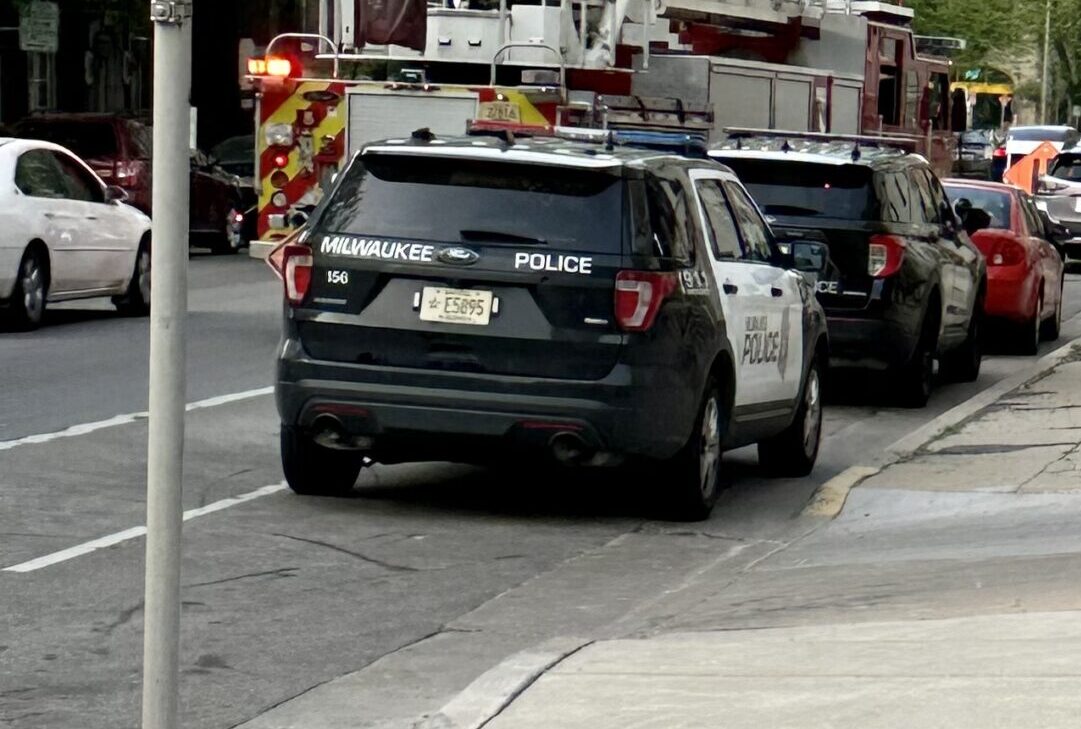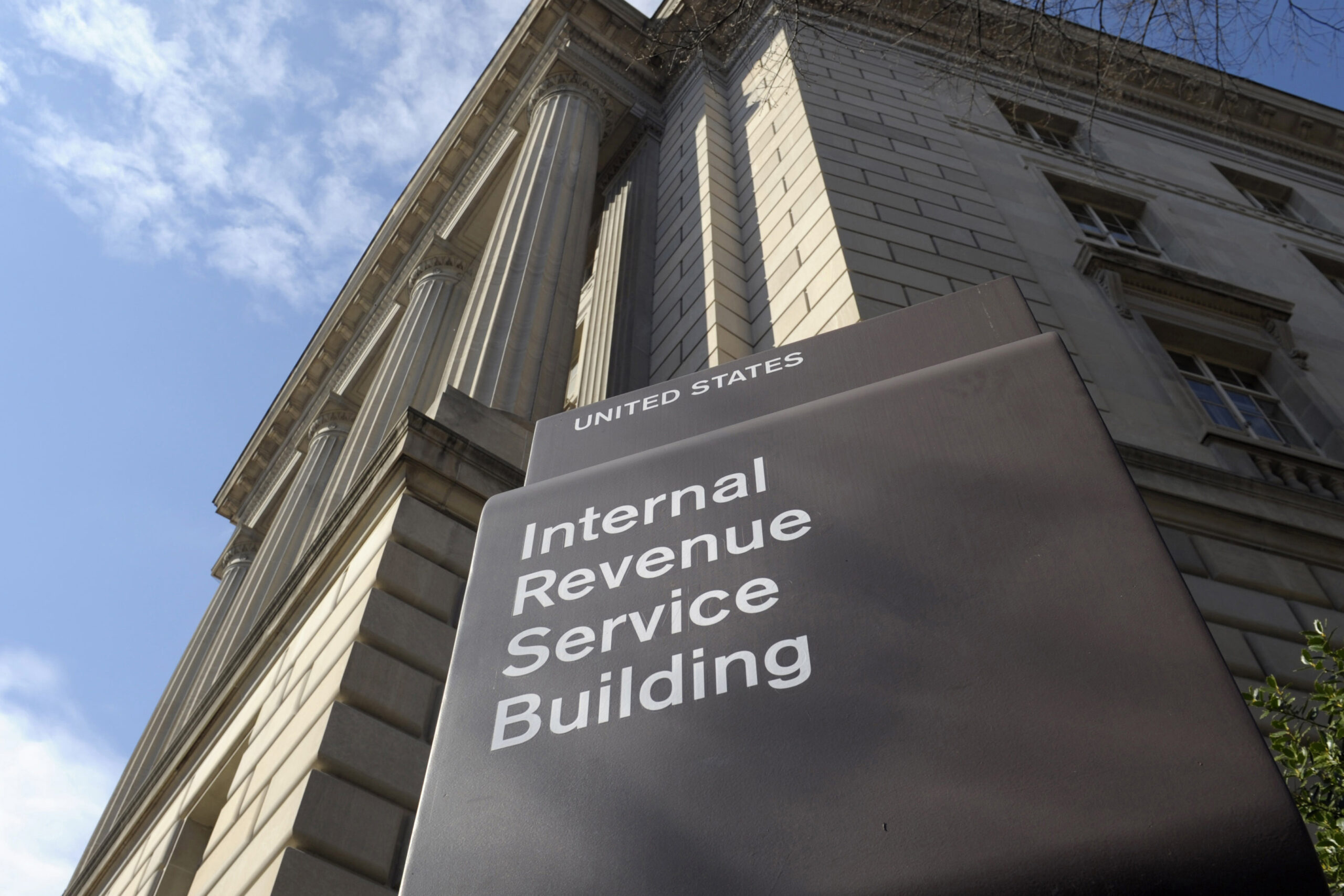Revelations about fire evidence
By: APRIL ROCKSTEAD BARKER//October 6, 2004//
Imagine it is two years after a fire. The original theory that the toaster caused it is now toast, following a thorough examination by a new fire investigator. Can the real cause still be identified?
That could be impossible if the entire scene was not documented promptly after the fire, according to Andrew R. Carpenter, a senior engineer with Exponent, Inc. in Chicago.
A case may spiral out of control if facts at the scene are not gathered properly, Carpenter explained during his presentation at the Civil Trial Council of Wisconsin fall conference on Sept. 23.
“This is where most fire investigations that do go wrong tend to go wrong,” he said.
If the hypothetical toaster were removed from the fire scene without photographic or other documentation of the context in which the toaster sustained damage, claims related to the fire could fail, he said.
“That case goes away, because there’s simply no method of determining what other things could have caused the fire,” Carpenter said. “Thorough documentation of the fire scene eliminates that as a concern.”
Fire Creates Evidence
Although fire destroys evidence as it burns, it also creates evidence that can help determine the cause of the fire, such as burn patterns and debris, Carpenter said.
Early photographic documentation of the scene is a critical element of fire investigation, he said.
“Everything must be documented,” Carpenter said. “It helps protect you from spoliation claims if things get ruined and preserves the state of the subject [of] the fire in its post-fire condition.”
Photographs may assist investigators even years later, after initial hypotheses are refuted, Carpenter said.
Field notes are also important in documenting fire scenes, he said. Drawings and sketches can help orient investigators and make sense of photographs, and notes can document depth of char, unusual conditions, and artifacts found at the scene, among other things, he added.
The opinions reached by police and fire department investigators may not be very probative, because they may only spend 5 or 10 minutes on site investigating, Carpenter said.
“However, fire and police reports tend to be very precise in the observations made during the growth of the fire, particularly as to the elements of timing,” he said.
If reports document the time a fire call first came in, the time the emergency crews arrived and the size of the fire at the time, Carpenter said, investigators may be able to use that information later to estimate the size of the fire when it was first detected.
From Lay Witnesses, Just the Facts
Investigators should try to stick to the facts when conducting interviews of witnesses, Carpenter said.
“It’s important not to ask for opinions,” he said. “The person being interviewed is going to volunteer those anyway. They’re going to tell you exactly what happened — or at least, they’re going to tell you what they think happened.”
Everyone comes to the observation of a fire from a very different perspective, he added.
“If it’s your house that’s burning, you have a very different perspective of that fire than say, your neighbor, who has a different perspective than the guy who’s driving by,” he said. “As people are more and more emotionally attached to a fire, they tend to have stronger opinions about how they could not have been responsible at all for its having been caused.”
Fire Evidence Misconceptions
Fire patterns — damage done by a fire to objects in the room — also may assist investigators, Carpenter said.
A v-shaped fire pattern, called a “V pattern,” was in the past always believed to be an indication of the origin of a fire. But that’s not necessarily the case, Carpenter said.
“V patterns indicate where objects were burning,” he said.
Carpenter also said that there are misconceptions about alleged indications of intentional fire ignition. For example, he said, some people may believe witness testimony describing black smoke is evidence a fire was ignited with gasoline, but some other materials produce black smoke when burning.
Similarly, some people believe that concrete only exhibits the signs of damage known as “spalling” when a liquid accelerant is used, Carpenter said.
“That’s simply not the case,” he said. “Concrete spalls when it’s heated quite a bit.”
Determining the origin of a fire is generally critical to determining its cause, Carpenter said.
“The origin is [often] the area of greatest damage, but not always,” he said.
Legal News
- Waukesha man sentenced to 30 years for Sex Trafficking
- 12-year-old shot in Milwaukee Wednesday with ‘serious injuries’
- Milwaukee man convicted of laundering proceeds of business email compromise fraud schemes
- Giuliani, Meadows among 18 indicted in Arizona fake electors case
- Some State Bar diversity participants walk away from program
- Wisconsin court issues arrest warrant ‘in error’ for Minocqua Brewing owner
- Iranian nationals charged cyber campaign targeting U.S. Companies
- Facing mostly white juries, are Milwaukee County defendants of color truly judged by their peers?
- Milwaukee Mayor speaks in D.C. Tuesday at White House water summit
- Chicago man sentenced to prison after being caught with ‘Trump Gun’
- FTC bans non-competes
- Gov. Evers seeks applicants for Dane County Circuit Court
WLJ People
- Power 30 Personal Injury Attorneys – Russell Nicolet
- Power 30 Personal Injury Attorneys – Benjamin Nicolet
- Power 30 Personal Injury Attorneys – Dustin T. Woehl
- Power 30 Personal Injury Attorneys – Katherine Metzger
- Power 30 Personal Injury Attorneys – Joseph Ryan
- Power 30 Personal Injury Attorneys – James M. Ryan
- Power 30 Personal Injury Attorneys – Dana Wachs
- Power 30 Personal Injury Attorneys – Mark L. Thomsen
- Power 30 Personal Injury Attorneys – Matthew Lein
- Power 30 Personal Injury Attorneys – Jeffrey A. Pitman
- Power 30 Personal Injury Attorneys – William Pemberton
- Power 30 Personal Injury Attorneys – Howard S. Sicula











